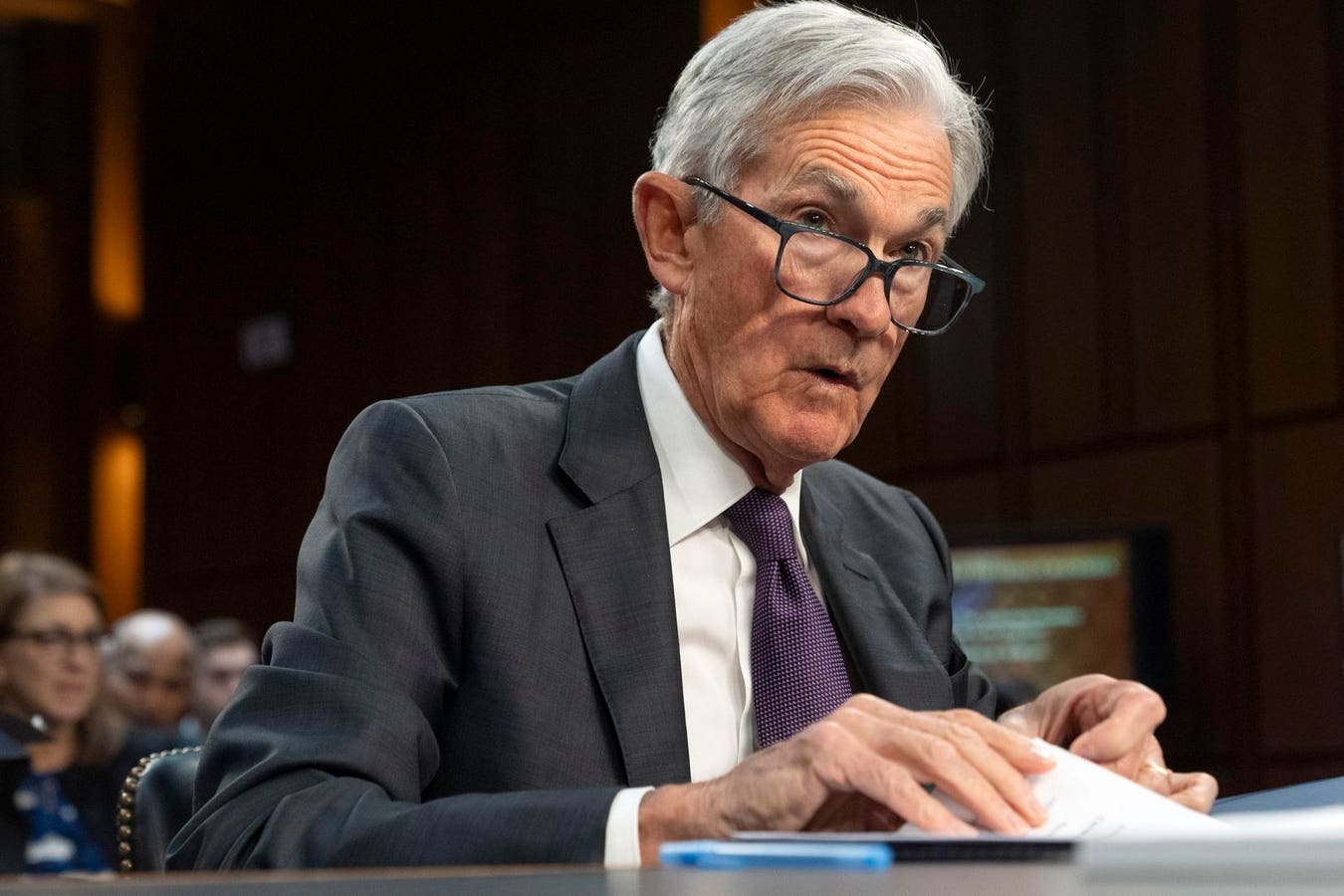Money
January CPI Inflation Accelerates, Potentially Delaying Any Rate Cuts

The Rising Tide of Inflation: January CPI Report and Its Implications
The January Consumer Price Index (CPI) report revealed a 0.5% increase in inflation from the previous month, signaling a potential delay in the Federal Reserve’s plans to cut interest rates. This rise, part of a steady climb since September 2024, was influenced by higher costs in housing, food, and services, pushing inflation further away from the Fed’s 2% annual target.
The Federal Reserve’s Cautious Stance on Rate Cuts
The Federal Open Market Committee (FOMC) indicated that interest rate cuts are unlikely in the near future, emphasizing the need to avoid hasty decisions based on a single month’s data. January’s strong jobs market, with unemployment at 4%, and persistent inflation, suggest the Fed will maintain its current stance, focusing on controlling inflation without rushing to adjust rates.
The Steady Climb of Core Inflation
Core inflation, excluding volatile energy and food prices, rose 0.4% in January, maintaining its upward trend since September. This consistent increase, fueled by housing and service costs, suggests that underlying inflationary pressures remain robust, further supporting the Fed’s cautious approach to rate cuts.
Root Causes of the Inflationary Surge
Housing costs, a significant component of CPI, continued to rise, defying hopes of disinflation. Additionally, food prices, particularly eggs, saw a 15% increase due to avian flu, highlighting the impact of unexpected factors on inflation. Energy and transportation costs also played a role, with notable increases in natural gas, used cars, and insurance.
The FOMC’s Dual Mandate and Policy Expectations
Balancing employment and inflation, the FOMC faces a robust jobs market with little need for stimulus, allowing focus on inflation control. Fed Chair Jerome Powell emphasized patience, indicating no rush to adjust policies, with potential rate cuts possibly delayed until later in 2025 as the economy remains strong.
Navigating the Future Economic Landscape
The combination of high inflation and a strong jobs market suggests the Fed will maintain its current policy, prioritizing inflation control. While future data will guide decisions, the emphasis is on patience and careful consideration. As the economy evolves, the Fed’s approach will likely remain cautious, ensuring sustainable growth and stability.


















